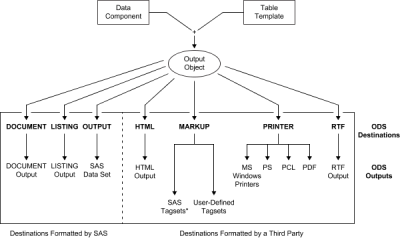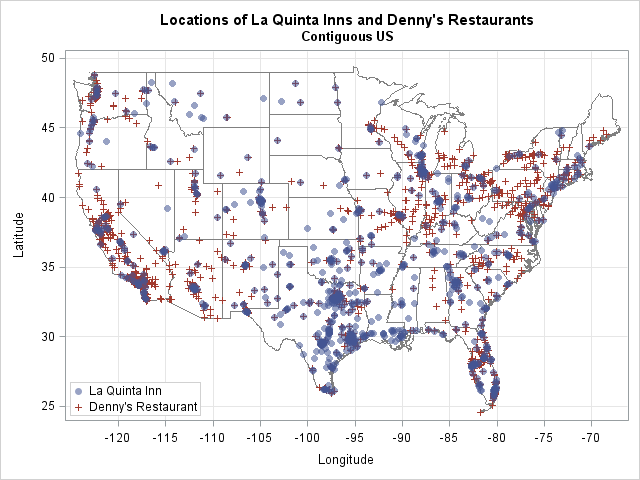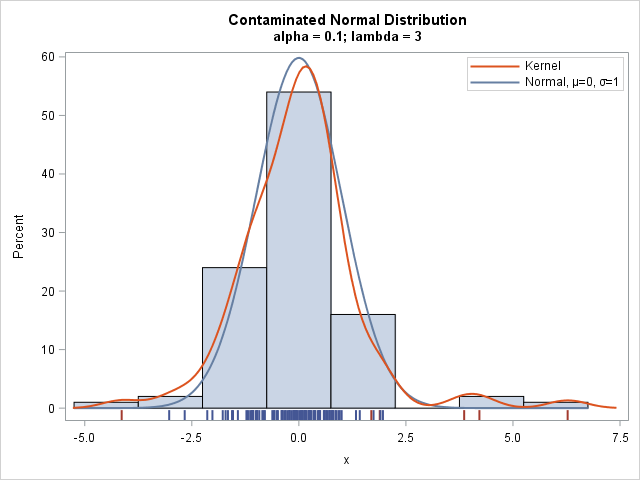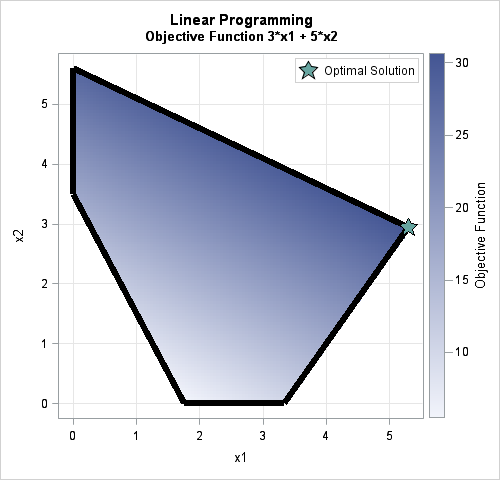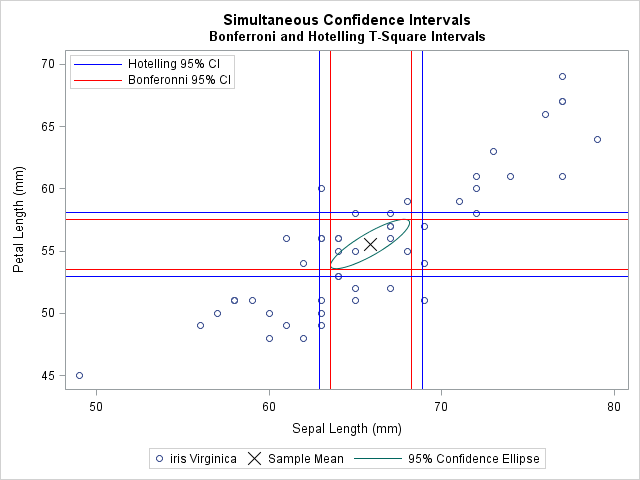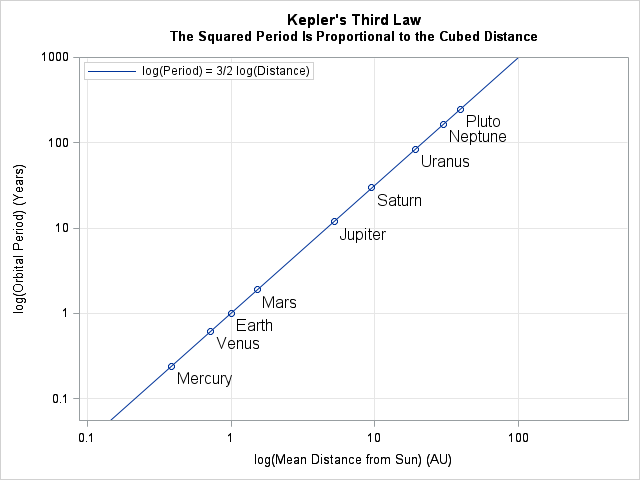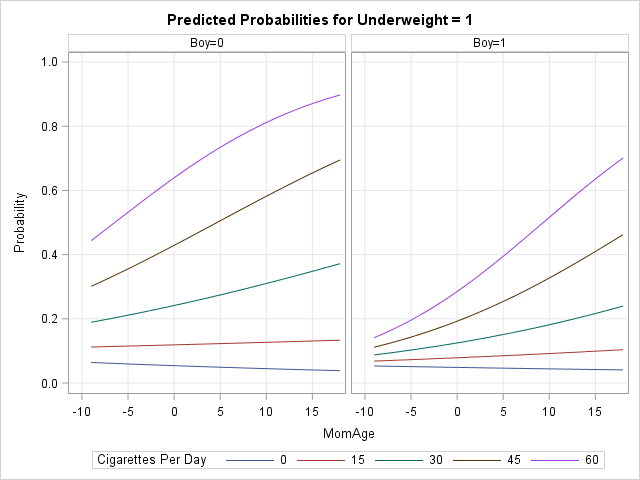
Last week I wrote about the 10 most popular articles from The DO Loop in 2016. The popular articles tend to be about elementary topics that appeal to a wide range of SAS programmers. Today I present an "editor's choice" list of technical articles that describe more advanced statistical methods


